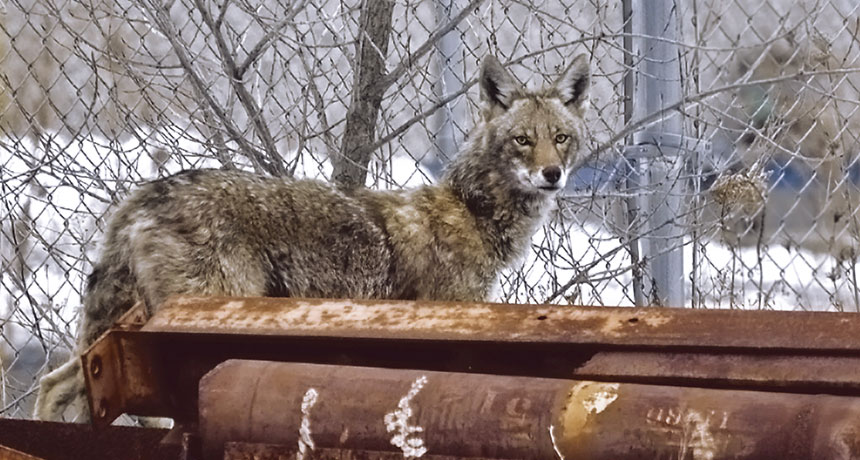Cities are brimming with wildlife worth studying
Ecologists find plenty of surprises in urban landscapes

THE CONCRETE JUNGLE A coyote prowls downtown Chicago. Coyotes are a hidden but growing presence in the Windy City.
Ron Perrillo
Ecologists find plenty of surprises in urban landscapes

THE CONCRETE JUNGLE A coyote prowls downtown Chicago. Coyotes are a hidden but growing presence in the Windy City.
Ron Perrillo